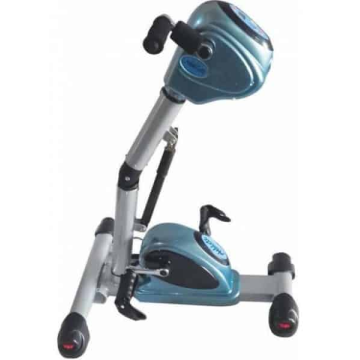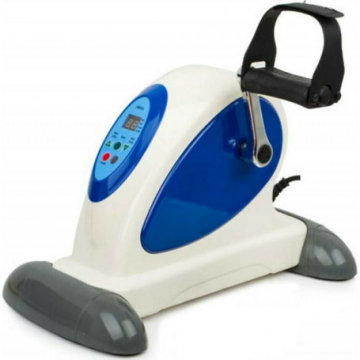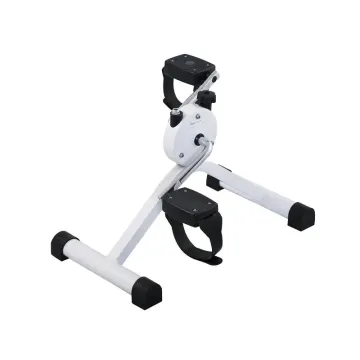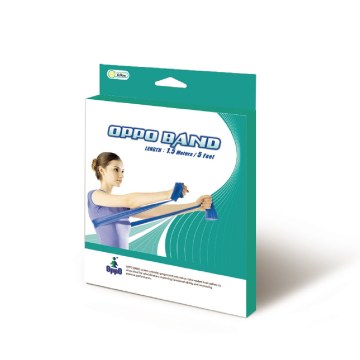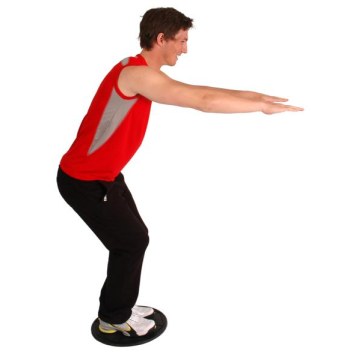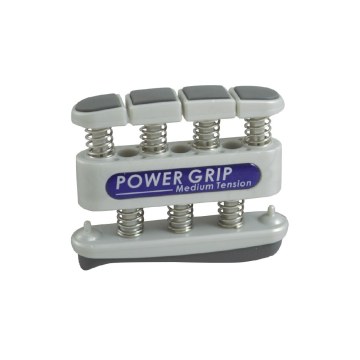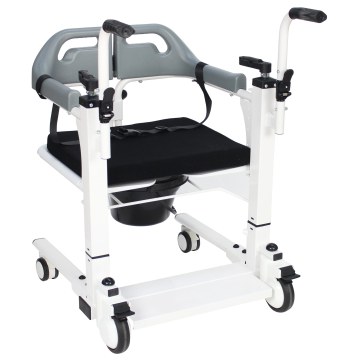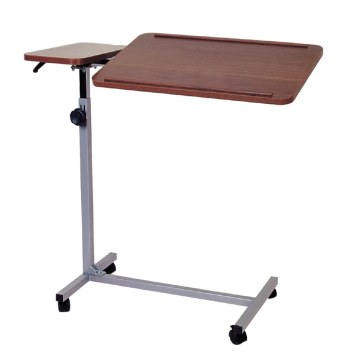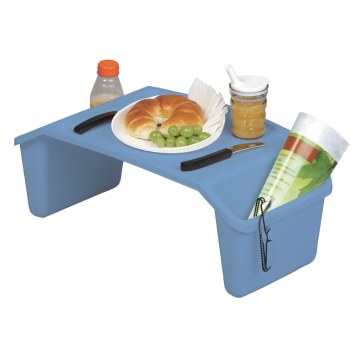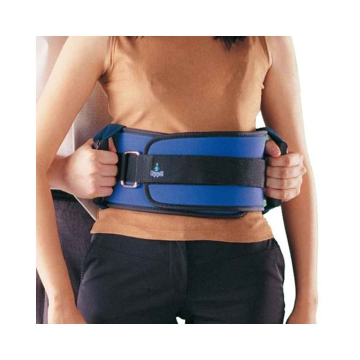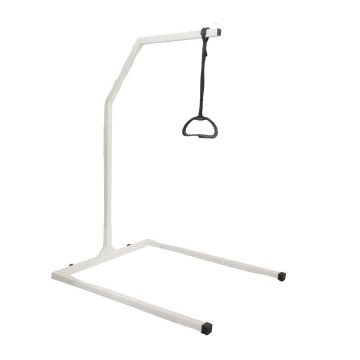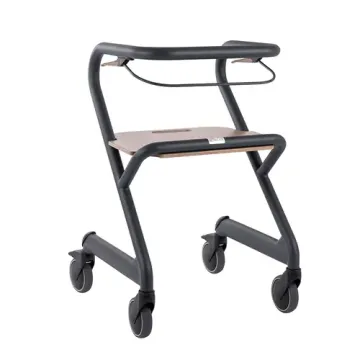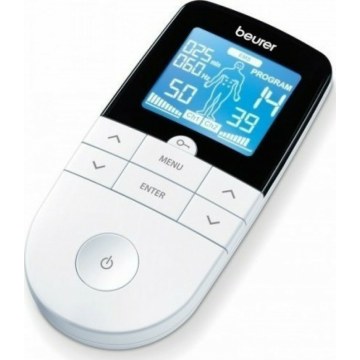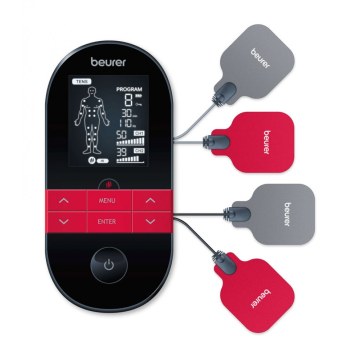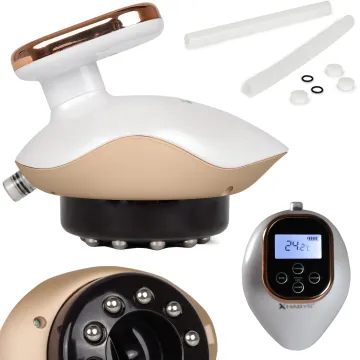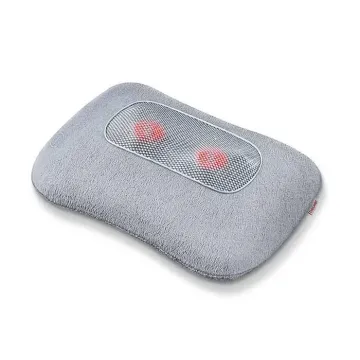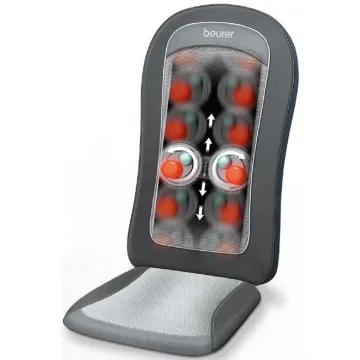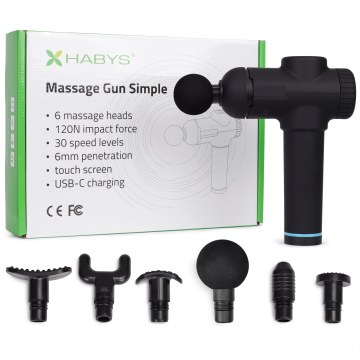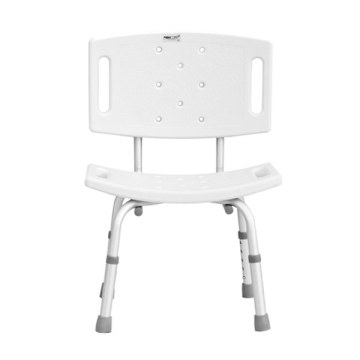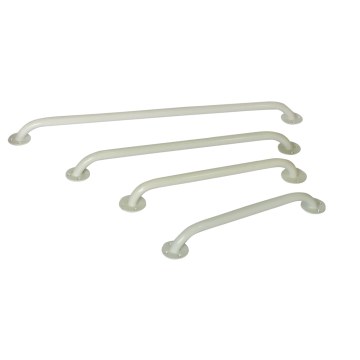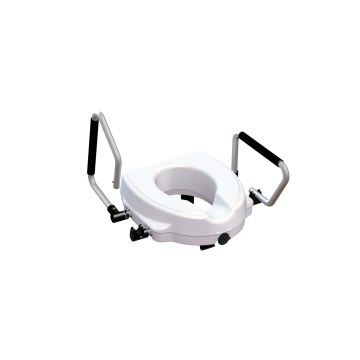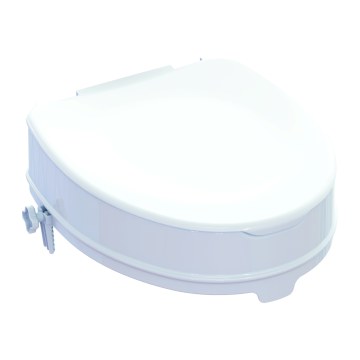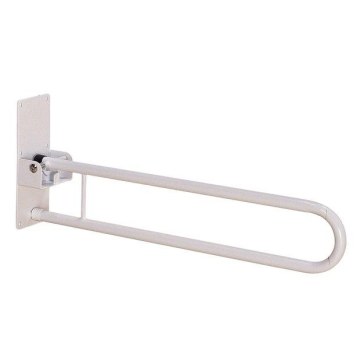Mobility Support for Older Adults
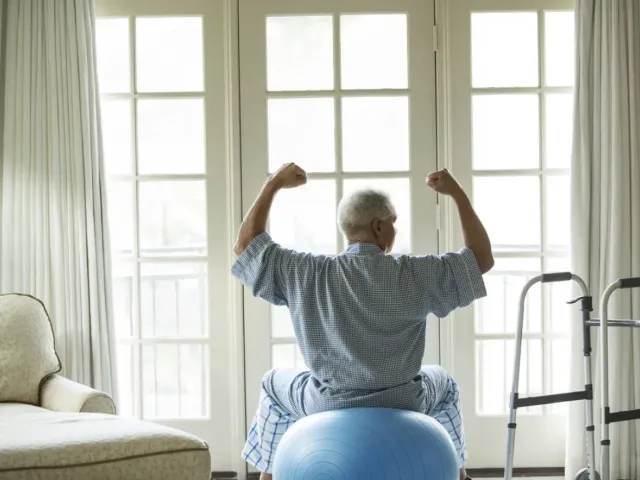
1. Did you know that...
Just 10 days of immobility can cause up to a 10% loss of muscle mass in older adults?
Even a short period of bed rest can lead to weakness, loss of balance, and difficulty returning to daily independence. (Journal of Gerontology – Kortebein et al., 2007)
Reduced physical activity nearly doubles the risk of developing dementia?
Maintaining movement not only protects the body but also strengthens brain function, helping preserve memory, concentration, and mental clarity. (Alzheimer’s Association – Physical Activity and Brain Health)
Light exercise stimulates the creation of new neurons in the brain even after the age of 80?
Movement supports neuroplasticity and helps maintain cognitive function. (Frontiers in Aging Neuroscience – Neuroplasticity and Exercise)
Just 30 minutes of light exercise per day can reduce the risk of falls by up to 30%?
Even simple daily walking or basic stretches can make a significant difference. (World Health Organization – Physical Activity Fact Sheet)
Muscle mass declines by up to 15% per decade after the age of 50?
Without daily movement, the body weakens rapidly, increasing the risk of falls. (National Institute on Aging – Exercise and Physical Activity)
Electrical Muscle Stimulation (EMS) can increase muscle mass and functionality in individuals over 65 within just 12 weeks?
EMS is an effective tool for maintaining strength, especially when traditional exercise is difficult. (ScienceDirect – Electrical Muscle Stimulation: Application and Potential Role in Aging Society)
That’s why even small daily movements matter. Gentle exercise and the creation of a simple daily routine can make a real difference, enhancing strength, balance, and autonomy in later life.
Section title
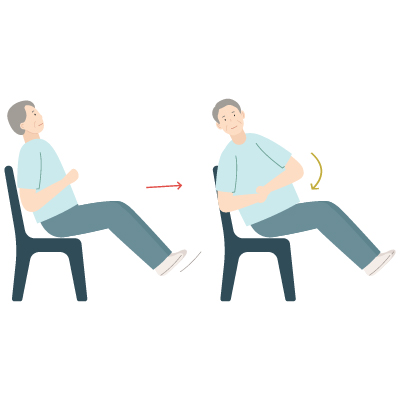
Torso Stretches
Gentle torso stretches to the right and left, even from a seated position, help activate muscles and promote better posture. Deep breathing combined with slow, controlled movements aids in relaxation, reduces stress, and improves oxygenation of the tissues.
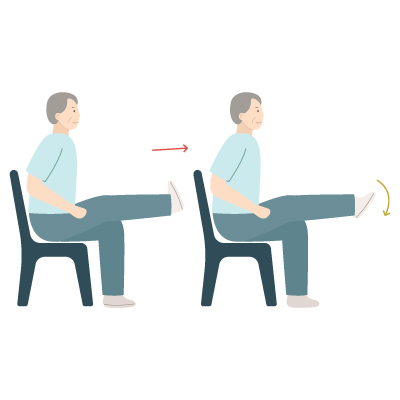
Leg Movements
Simple stretching and bending of the legs, or circular movements of the arms, help maintain flexibility and improve blood circulation. Heel and toe raises are equally beneficial, strengthening the muscles of the lower limbs and promoting better stability during walking..
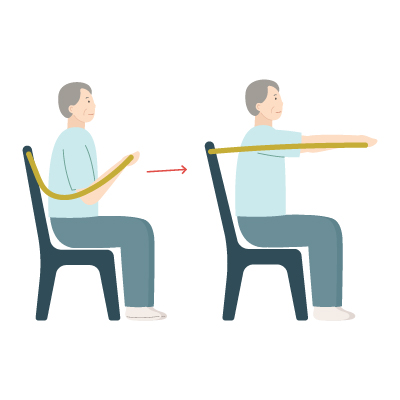
Resistance Band Exercise
This exercise strengthens the chest and upper body muscles, improving strength, stability, and the ability to perform everyday movements like pushing and lifting objects.
While keeping your back straight, press your arms forward until they are fully extended. Hold the position for 2–3 seconds, then slowly return to the starting position. Repeat 5 to 10 times.
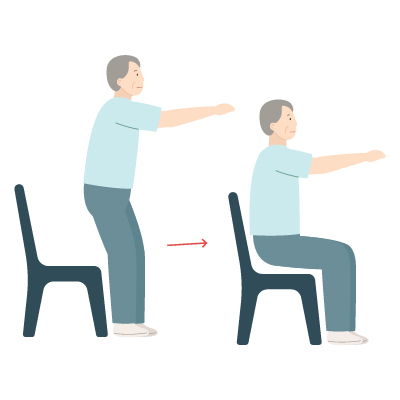
Chair Squats
Stand in front of a chair with your feet shoulder-width apart and your arms extended forward for balance. Bend your knees and lower yourself until you lightly touch the chair without fully sitting down, then slowly return to a standing position.
For more active and safe support of mobility, the use of assistive exercise devices offers valuable solutions. Passive exercise bikes, hand exercisers, light resistance bands, and rehabilitation balls allow for gentle body activation, even when strength is limited. Regular use helps stimulate muscles, boost circulation, and improve the overall sense of well-being, playing a vital role in maintaining autonomy and quality of life.
See Recommended Aids
3. Hospital Bed? No! Mobility Support Bed!
.png)
A modern care bed is NOT a symbol of immobility. It is a tool that supports mobility, comfort, and quality of life.
Raising the upper body helps ease breathing, relieves pressure on the body, and allows each day to start with more energy.
Height adjustment reduces the risk of falls during entry and exit from the bed, making movement safer and more controlled.
Side rails and trapeze bars provide stability, enhance the sense of control, and boost confidence in every movement.
For complete daily support, choosing the right care bed goes hand in hand with selecting specialized accessories that enhance its functionality and promote autonomy.
See Recommended Aids
4. EMS Stimulation: Muscle Strengthening
Physical activity is essential for maintaining muscle mass in later life. However, when mobility is limited or daily exercise is not possible, technology can offer valuable support.
.jpg)
Muscle Strengthening
Electrical Muscle Stimulation (EMS) directly stimulates the muscles, causing contractions similar to those that occur during natural exercise.
This allows even individuals with limited mobility to maintain muscle strength, boost blood circulation, and reduce the loss of muscle tissue.
.jpg)
Balance
The use of Electrical Muscle Stimulation (EMS) can significantly contribute to improving balance, walking stability, and reducing muscle fatigue in older adults.
Studies show that muscle weakness and reduced proprioception (the sense of body position) increase the risk of falls, while muscle activation through EMS strengthens the muscles and enhances body awareness.
(Source: Journal of Geriatric Physical Therapy)
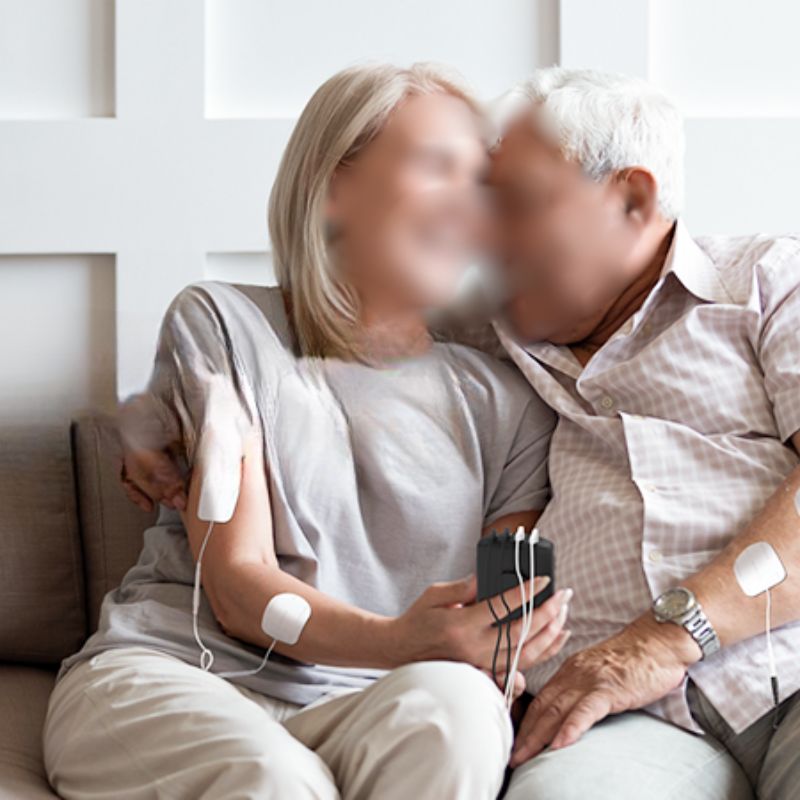
Physical Recovery
Electrical stimulation does not replace movement. It works as a complementary support, aiding physical recovery and helping older adults maintain their strength and autonomy on a daily basis.
For complete support, choosing the right TENS device involves key functions and features. TENS programs for electrotherapy and EMS for muscle strengthening, adjustable intensity and duration, gentle heat options, and various electrodes (pads or suction cups) — all contribute to a fully personalized experience.
See Recommended Aids
Section title
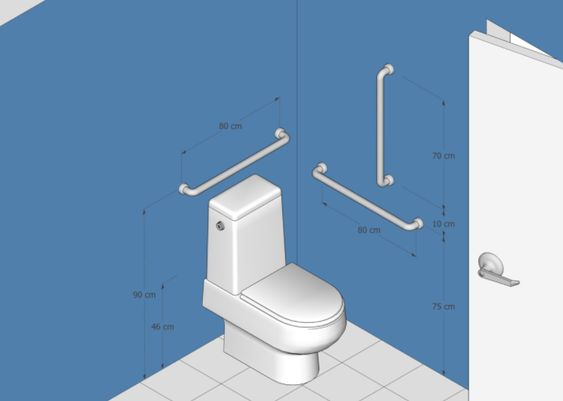
Support Rails for Safe Toilet Use
Installing stable support rails at a height of 80–90 cm next to the toilet makes it easier to transition from sitting to standing, reducing strain on the hips and knees by up to 50%. This helps lower the risk of falls and strengthens independence in bathroom activities.
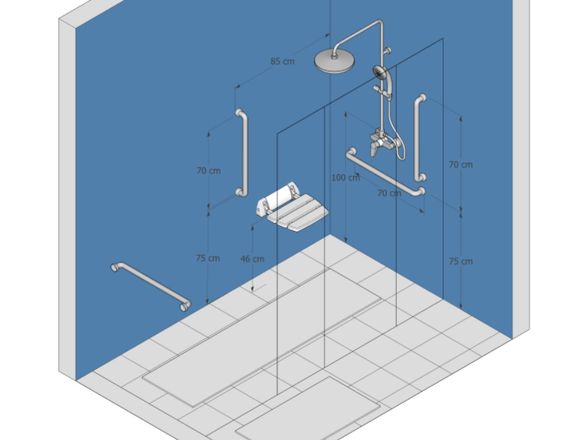
Safety in the Shower with Grab Bars and a Seat
Grab bars in the shower, a dedicated shower seat, and non-slip mats help reduce strain and the risk of falls, offering greater comfort and confidence during bathing.
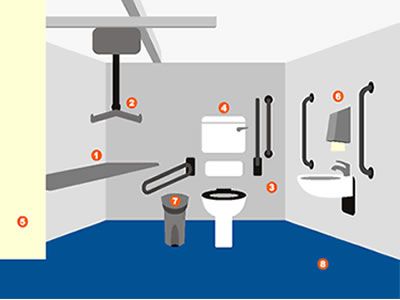
Complete Bathroom Setup – Cognitive Benefits
Beyond physical safety, proper bathroom setup also offers cognitive benefits. Research shows that for individuals with mild cognitive impairment or early-stage dementia, having stable and recognizable support structures helps maintain a sense of orientation and reduces anxiety during bathroom use.
Organizations such as the Alzheimer's Association and the Alzheimer's Society recommend incorporating these aids into bathroom design to support cognitive function and emotional well-being.
For truly complete support in bathroom safety and independence, selecting the right aids depends on features and designs that reduce the risk of accidents and make daily care easier.

